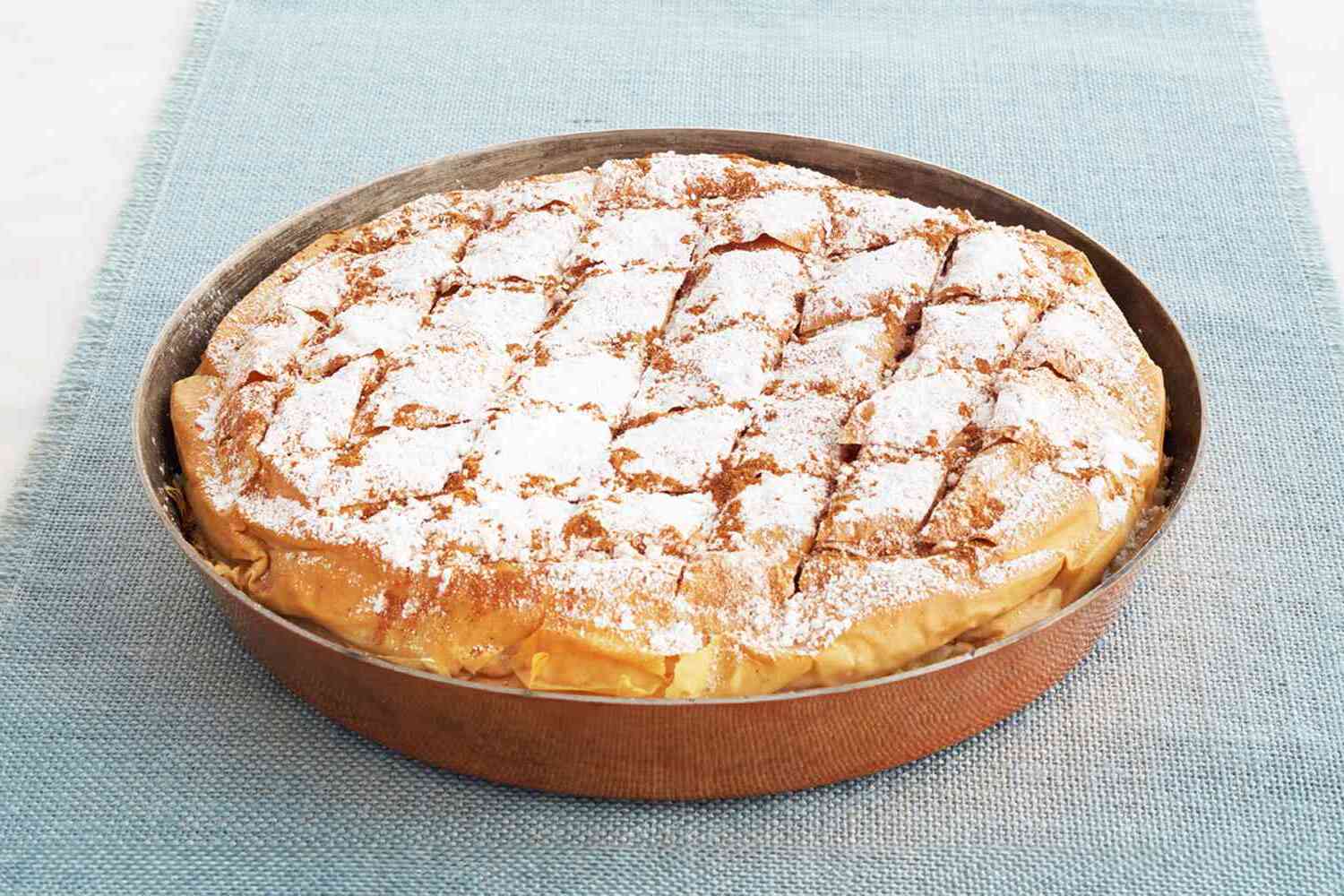
Bisteeya, also known as pastilla, is a traditional Moroccan dish that combines sweet and savory flavors in a unique way. This pie-like dish is typically made with layers of thin pastry, often filled with pigeon or chicken, almonds, and a mix of spices. Bisteeya is often dusted with powdered sugar and cinnamon, giving it a distinctive taste that surprises many first-time eaters. Originating from the Andalusian region, it has become a staple in Moroccan cuisine, especially during festive occasions. Whether you're a food enthusiast or just curious about global dishes, learning about Bisteeya offers a delicious glimpse into Moroccan culture. Ready to dive into some intriguing facts about this culinary delight? Let's get started!
What is Bisteeya?
Bisteeya, also known as pastilla, is a traditional Moroccan dish that blends sweet and savory flavors. This pie-like dish is often served at special occasions and celebrations. Let's dive into some fascinating facts about this unique culinary delight.
- Bisteeya is traditionally made with pigeon meat, though chicken is a common substitute.
- The dish is wrapped in a thin, crispy dough called warqa, similar to phyllo dough.
- It combines ingredients like almonds, cinnamon, and sugar with meat, creating a unique flavor profile.
- Bisteeya is often dusted with powdered sugar and cinnamon before serving.
- The dish is usually served as a starter at Moroccan weddings and other festive events.
Historical Origins of Bisteeya
Bisteeya has a rich history that reflects Morocco's diverse cultural influences. Its origins can be traced back to Andalusian cuisine.
- The dish was introduced to Morocco by Andalusian Moors who fled Spain in the 15th century.
- Bisteeya's name is derived from the Spanish word "pastilla," meaning small pastry.
- The original recipe used pigeon meat because it was readily available and considered a delicacy.
- Over time, the recipe evolved to include chicken, seafood, and even vegetarian versions.
- Bisteeya showcases the blend of Arab, Berber, and Mediterranean culinary traditions.
Ingredients and Preparation
The preparation of Bisteeya is an art form, requiring skill and patience. Each ingredient plays a crucial role in achieving the dish's signature taste.
- Warqa dough is handmade by stretching and thinning it until it becomes almost translucent.
- The filling typically includes a mixture of shredded meat, eggs, and spices like saffron, ginger, and pepper.
- Almonds are blanched, fried, and ground with sugar and cinnamon to add a sweet crunch.
- The layers of dough and filling are carefully assembled to create a multi-layered pie.
- Bisteeya is baked until golden brown and crispy, ensuring a perfect balance of textures.
Variations of Bisteeya
While the traditional recipe remains popular, there are several variations of Bisteeya that cater to different tastes and dietary preferences.
- Seafood Bisteeya replaces meat with a mix of shrimp, fish, and calamari.
- Vegetarian Bisteeya uses a filling of spiced vegetables, nuts, and sometimes tofu.
- Some modern versions incorporate exotic ingredients like duck or quail.
- Sweet Bisteeya, a dessert version, features a filling of milk, almonds, and orange blossom water.
- Regional variations exist within Morocco, each adding a unique twist to the classic recipe.
Cultural Significance of Bisteeya
Bisteeya is more than just a dish; it holds cultural and social significance in Moroccan society.
- Serving Bisteeya at a gathering is a sign of hospitality and generosity.
- The dish is often prepared for special occasions like weddings, Eid, and family reunions.
- Bisteeya symbolizes the fusion of different cultures and culinary traditions in Morocco.
- The intricate preparation process is a testament to the importance of food in Moroccan culture.
- Sharing Bisteeya with guests fosters a sense of community and togetherness.
Fun Facts About Bisteeya
Here are some fun and lesser-known facts about this beloved Moroccan dish.
- Bisteeya is sometimes referred to as "the king of Moroccan pies."
- The dish has gained international popularity and can be found in Moroccan restaurants worldwide.
- Some chefs experiment with Bisteeya by adding unconventional ingredients like chocolate or truffles.
- Bisteeya can be made in advance and frozen, making it convenient for large gatherings.
- The dish's unique combination of sweet and savory flavors continues to captivate food enthusiasts around the globe.
Final Bite of Bisteeya
Bisteeya, a Moroccan delight, is more than just a dish. It's a blend of history, culture, and flavor. From its origins in Andalusia to its evolution in Morocco, this pie has traveled through time, bringing with it a rich tapestry of influences. The combination of sweet and savory flavors, crispy phyllo dough, and succulent fillings makes it a standout in Moroccan cuisine.
Whether you're a seasoned chef or a curious foodie, trying your hand at making Bisteeya can be a rewarding experience. It's not just about the taste; it's about connecting with a tradition that has been passed down through generations. So next time you're in the mood for something unique, give Bisteeya a try. You might just find a new favorite dish that tells a story with every bite.
Was this page helpful?
Our commitment to delivering trustworthy and engaging content is at the heart of what we do. Each fact on our site is contributed by real users like you, bringing a wealth of diverse insights and information. To ensure the highest standards of accuracy and reliability, our dedicated editors meticulously review each submission. This process guarantees that the facts we share are not only fascinating but also credible. Trust in our commitment to quality and authenticity as you explore and learn with us.
